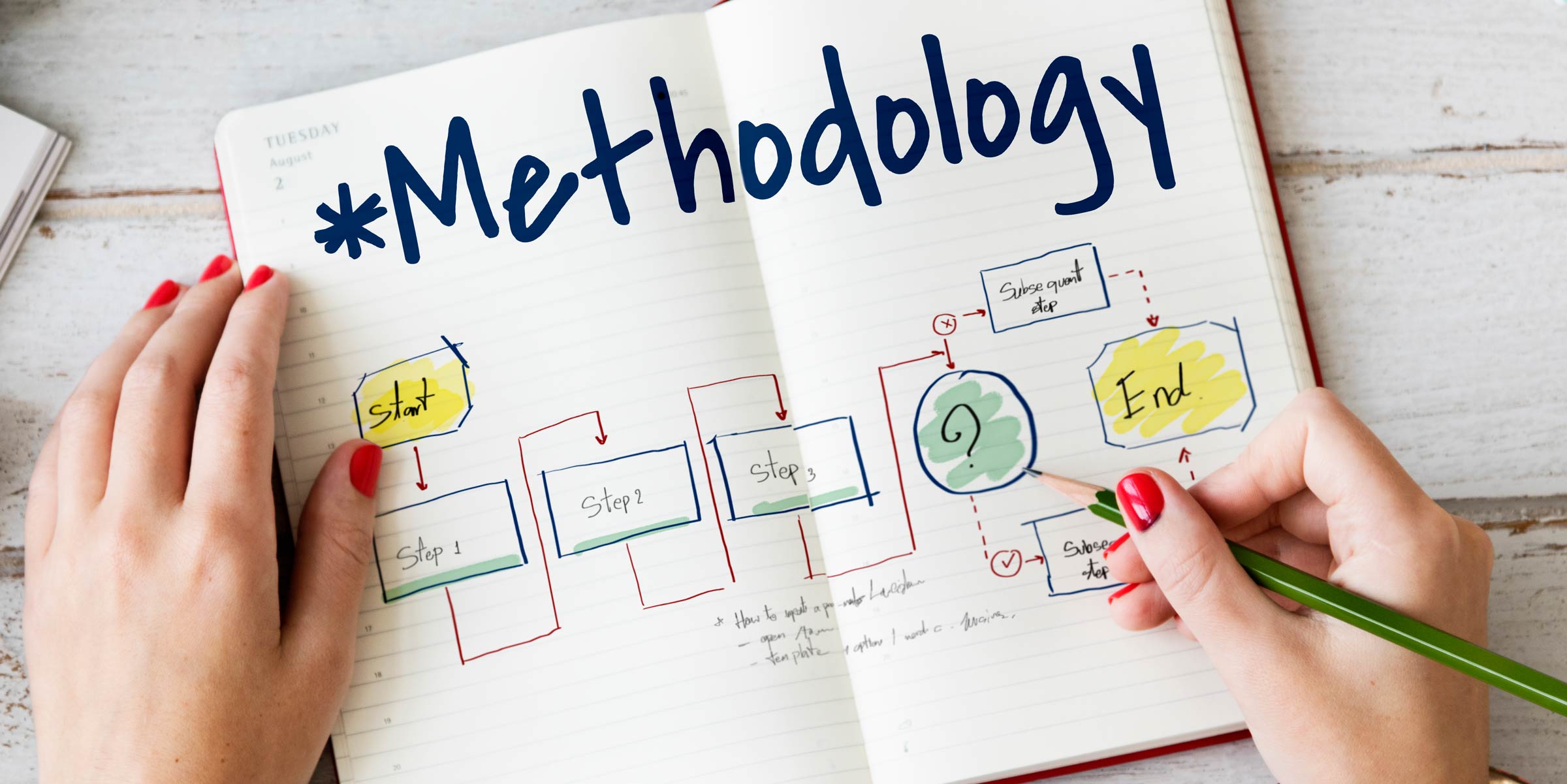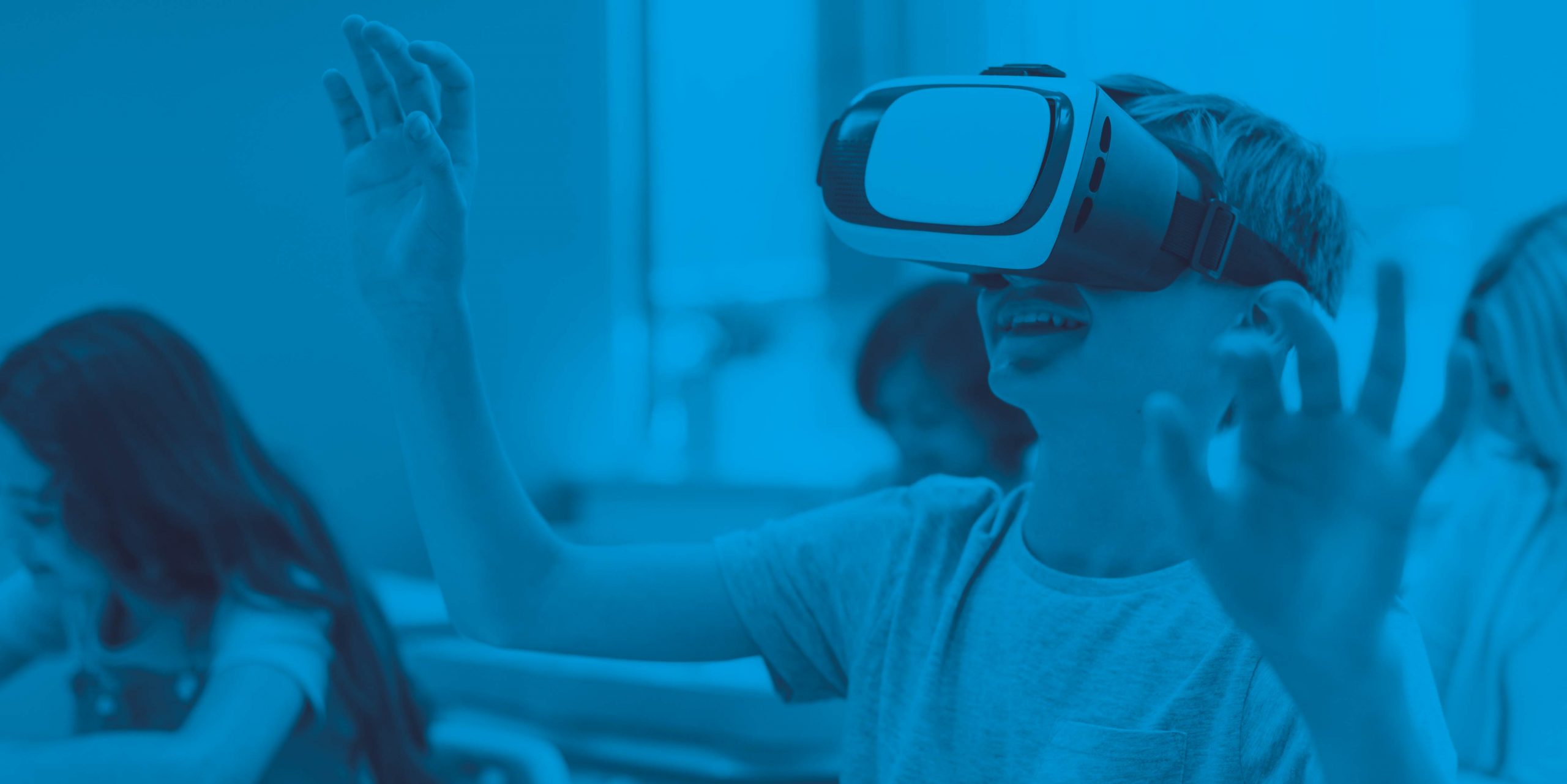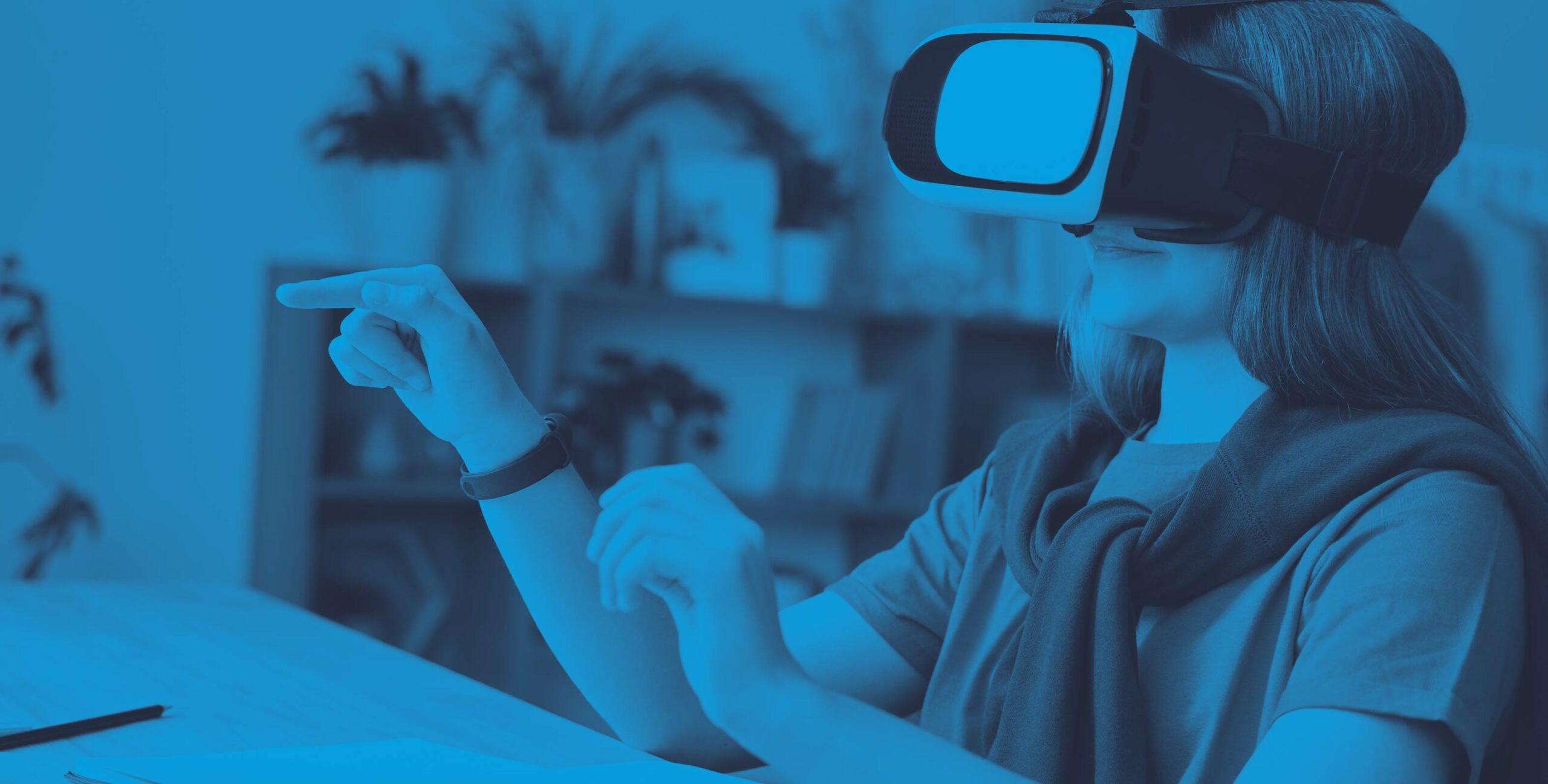by Ana Moreno Salvo
In 2022 Impuls Educació carried out a Delphi study on educational technology (ET). The questions it initially posed were: What do we mean by ET, by student digital competence, by teacher digital role and competence, and by the digital school? What are the keys to integrating ET in schools? What are the difficulties, risks, and solutions of ET in schools?
The study concludes that, in an increasingly digitalised culture and society, it is essential to educate children and young people in the critical, responsible use of technology. In this way we not only offer them the opportunity to reach their full professional potential soon but also improve the quality of education and democratise access to education, thus lowering the educational gap and enhancing equity.
It is essential to make children and young people literate and educate them in the critical and responsible use of technology

Educational technology
ET is concerned with studying the integration of digital technology in the teaching-learning process with the aim of improving it. It analyses the educational potential of each medium and offers a framework for the development of teaching-technological materials for quality education.
Digital competence
Regarding digital competence, students must be educated in the responsible and ethical use of technology in its five dimensions: information literacy, communication and collaboration, respect, creation of digital content, security and problem-solving. Students must also be enabled to use technology in a critical, safe, responsible, and effective way to improve their learning and digital communication. Teachers must also mobilise and transfer knowledge and strategies, skills, and attitudes about ICTs (learning and communication technologies). Digital schools must encourage the responsible, ethical, and committed use of technology to implement inclusive, personalised education. The role of teachers should be to guide and to use technology to design flexible environments and mentor students through an eminently autonomous learning process that leads to lifelong learning.

The digital school must encourage the responsible use of technology to implement inclusive education
How to integrate technology in schools
To integrate ET in schools, a cultural shift is needed in which technology serves learning and teachers in their new role of supporting, monitoring, and collaborating. The tools should be adapted to students’ context, age and individual needs and should be free of charge and flexibly accessed. Some of the following strategies can help to integrate technology in schools: redefining activities due to the use of technology for active, collaborative, and inquiry-based learning with digital tools to place students at the centre of the process, communication and digital access and management of academic information.
An ET integration plan at school should have the following phases: diagnosis and adaptation to the pedagogical model, gradual design of teaching materials, and monitoring and assessment. Likewise, the entire educational community, including families, must participate and contribute, and they must have sufficient and appropriate technology. Some major difficulties and risks in this integration which must be prevented are the school’s lack of a digital and a pedagogical-technological model of transformation, the deprofessionalisation of teachers with little pedagogical and technological training, and an uncritical, insecure or uncivil use of digital technology.
Digital school of the future
The digital schools of the future will favour active and collaborative learning methodologies and will be open to the community and the world with projects that reflect on real-world problems and challenges. They will take advantage of ET to be humanistic and inclusive schools that are flexible in space, time, and methodological parameters to facilitate learning spaces that adapt to the personal needs of each student at any given time, moving from a face-to-face format to a hybrid format and even online if necessary. They will be schools in which the development and continuous training of any teacher and permanent communication with families is guaranteed.
The digital school of the future will favour collaborative learning and be open to the world with projects on real-world challenges

As Mel Ainscow (2021) says, teachers are the real ‘policymakers’, those on whom quality educational transformation depends. They are therefore the key to an effective integration of ICT in schools. Empowering them professionally and creating support structures and teamwork that favour their training and continuous learning should be a priority part of the improvement plan to achieve digitally competent schools in the future.
However, there is still a pending debate that needs to be addressed. It is about what the relationship between the pedagogy-technology binomial should be. Although most experts vehemently place pedagogy at the forefront of transformation, with the unconditional support of technology, some do not take a clear position in this regard, perhaps because they have not yet engaged in deep reflection or they have and have concluded the primacy of the power of technology as a transformative effect, thus undervaluing the new pedagogical principles of the twenty-first century for quality education.
Also worth noting is the proliferation of ET research over the past two years as a result of the global pandemic that began in 2020 and the importance of building on that momentum to move forward and create avenues for continuous improvement. Some of these are reflected in the dynamism of international organisations geared at integrating ET to improve education, such as ISTE in the USA or DigComp in the EU, and their respective spheres of influence.
Educational transformation in the framework of digital competence
Finally, we consider it urgent to disseminate knowledge of the reference frameworks for digital competences at the citizen, teaching, leadership, and organisational levels, as in the last two years they have made great strides by providing evidence and pedagogical vision and offering powerful tools for ongoing support in the integration of ET in order to promote quality educational transformation. As Recio et al. (2020)1 conclude, ‘the construction of instruments to assess the level of digital competence’ would help. In this sense, we believe that advancing towards a common digital certificate would be very useful. We are at a point where, as our experts say, it is important to have successful models of educational transformation. In this sense, it is essential to favour not only pedagogical paradigm shifts, but also changes related to other dimensions of the school, such as organisation, spaces, time, community, etc. With the support of all stakeholders, including scholars, professionals, heads of local or state administrations and international organisations, among others, working as a network to share knowledge and experience, the entire global educational community can and must move forward together. This is possible if education becomes a common good, as suggested by UNESCO (2015)2.
References
1 Recio Muñoz, F., Silva Quiroz, J., Abricot Marchant, N. (2020). Análisis de la Competencia Digital en la Formación Inicial de estudiantes universitarios: Un estudio de meta-análisis. Píxel-BIT Revista de Medios y Educación. Septiembre de 2020, Nº 59, pp. 125-146. DOI: https://doi.org/10.12795/pixelbit.77759
2 UNESCO. (2015). Replantear la educación: ¿Hacia un bien común mundial?. https://unesdoc.unesco.org/ark:/48223/pf0000232697







